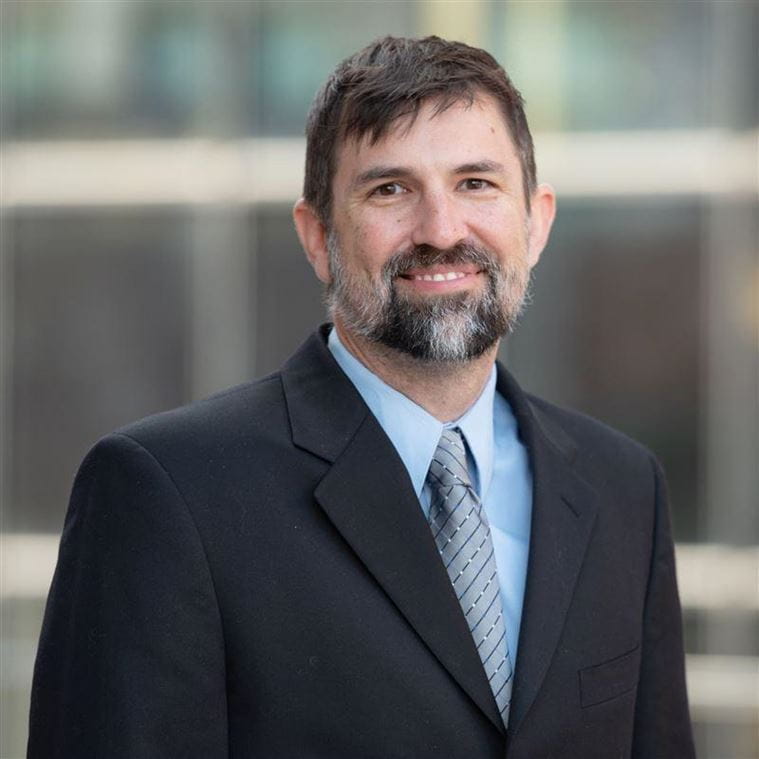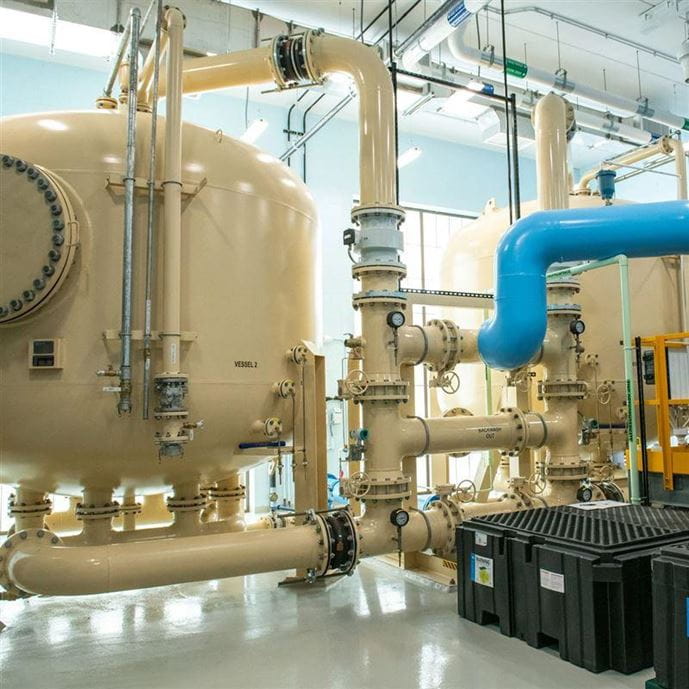Achieving Ecosystem Restoration for Louisiana’s Wetlands
The Barataria Preserve of Jean Lafitte National Historical Park and Preserve, south of New Orleans in the Mississippi River delta’s Barataria Basin, protects 26,000 acres of lush freshwater deltaic wetlands, among the most biologically productive ecosystems in North America. The preserve safeguards the local culture and history of those who inhabit the region, past and present, and the diverse ecosystem supporting them. Barataria, one of six park sites, preserves the rich delta environment with natural levee forests, bayous, swamps, and marshes.
In 2010, Louisiana was devastated by the explosion of the Deepwater Horizon oil rig, followed by the single largest marine oil spill in the history of the petroleum industry. Over a decade later affected regions across the northern Gulf of Mexico are still working towards achieving environmental restoration. CDM Smith and Jean Lafitte National Park are monitoring the success of a RESTORE Act-funded ecosystem restoration project that aims to restore more natural hydrology across the Barataria Preserve. The region’s wetlands have been steadily deteriorating since the 1930s due to many factors including channel excavation for natural resource extraction and transport, rapid subsidence plus sea level rise and tropical storm impacts. Canal excavation in particular led to altered hydrology at the landscape scale, resulting in impoundment, saltwater intrusion, soil compaction, and habitat modification.
The RESTORE Council-selected canal backfill project is among the largest canal backfilling project to date and will serve as a blueprint for future projects of this magnitude. By breaching spoil banks on the sides of 16.5 miles of canals, and thereby increasing hydrologic exchange between the channels and adjacent wetlands, this project aims to restore more natural hydrological and ecological processes. Additionally, reducing canal channel breadth and depth via backfilling is likely to reduce the intensity of tropical storm surge into the heart of the Preserve’s freshwater wetlands.
This project will support park efforts to sustain the freshwater nature of the Preserve's wetlands for as long as possible.
We are taking a holistic approach to project outcomes monitoring by observing multiple parameters including vegetative community assemblages, marsh and swamp net primary productivity, soil properties, water chemistry, salinity, and fish communities.
Due to the shallow water of this landscape, in conjunction with the need to tread carefully throughout the delicate topography, airboats are the preferred method of travel for the team. The immense scale of this project required a team of technical experts with the knowledge to closely monitor and document comprehensive restoration efforts.
In addition to providing environmental and ecological monitoring services for the RESTORE Act-funded Canal Backfilling for Hydrologic Restoration project, CDM Smith is implementing outcomes monitoring for a Submerged Aquatic Vegetation (SAV) restoration and Shoreline Protection project at the Barataria Preserve funded by Deepwater Horizon Natural Resources Damage Assessment, and selected by Louisiana’s Trustee Implementation Group. The construction of a breakwater structure will encourage re-establishment and regrowth of SAV, which can reduce the intensity of storm surge forces in wetlands adjacent to their shallow water habitats. SAV typically prospers in this area but its cover has all but disappeared along exposed stretches of the Preserve’s Lake Salvador shoreline.
CDM Smith will be playing an environmental and ecological monitoring role throughout the duration of both projects. Brendan Brown, principal environmental specialist, along with a team of expert biologists established the 12 canal backfilling project monitoring sites throughout the park. The firm’s experts will be recording a mass amount of data to observe, document and assess the outcomes of both the canal backfilling and SAV restoration projects. CDM Smith’s data collection in support of these projects monitoring plans will inform the park’s next-step adaptive management actions. Monitoring the outcomes of this work will enable park managers and other stakeholders to better assess the efforts’ effectiveness.

From learning new skills to implementing new technology—I'm always seeking ways to work more efficiently.











